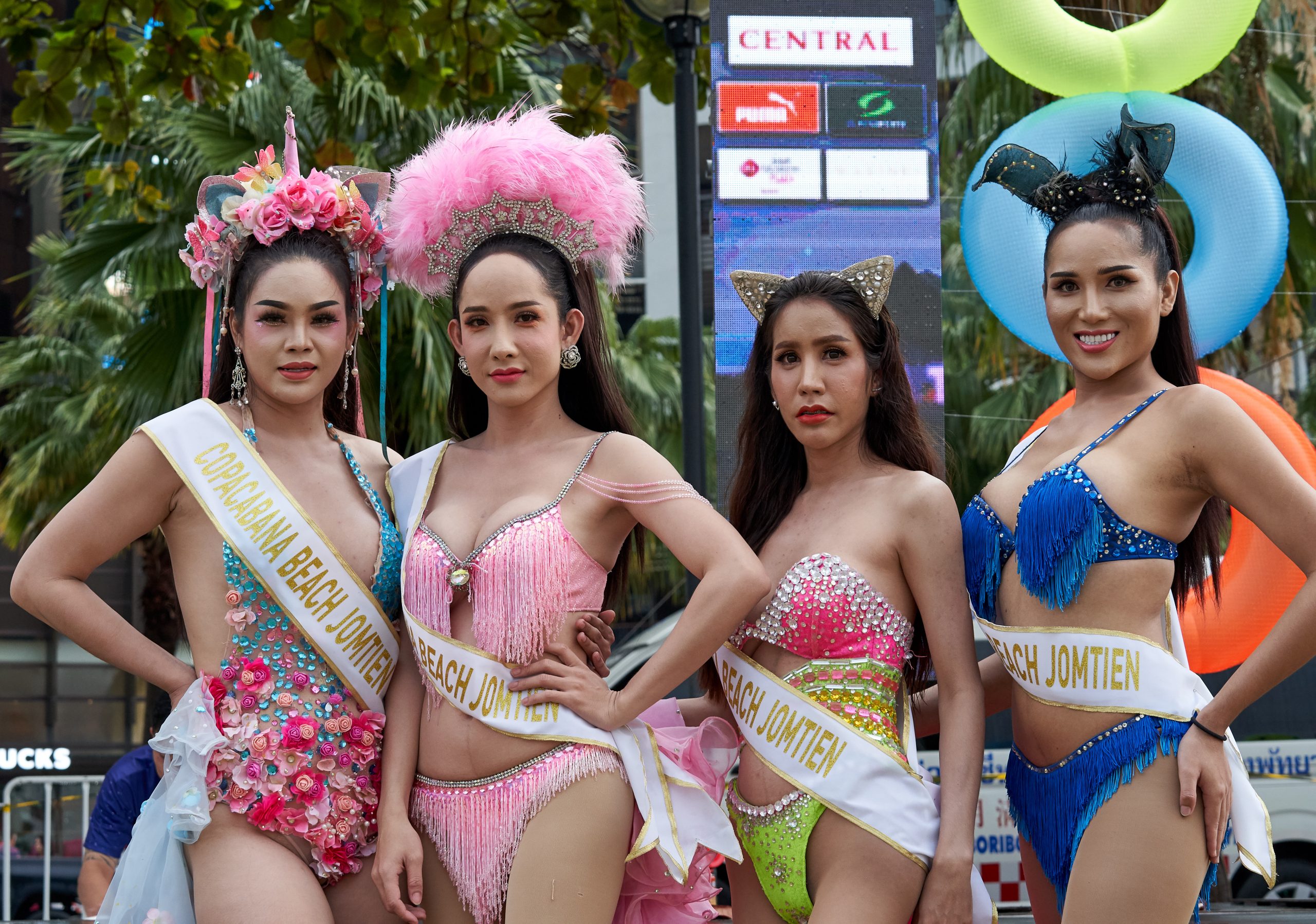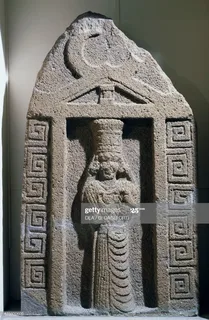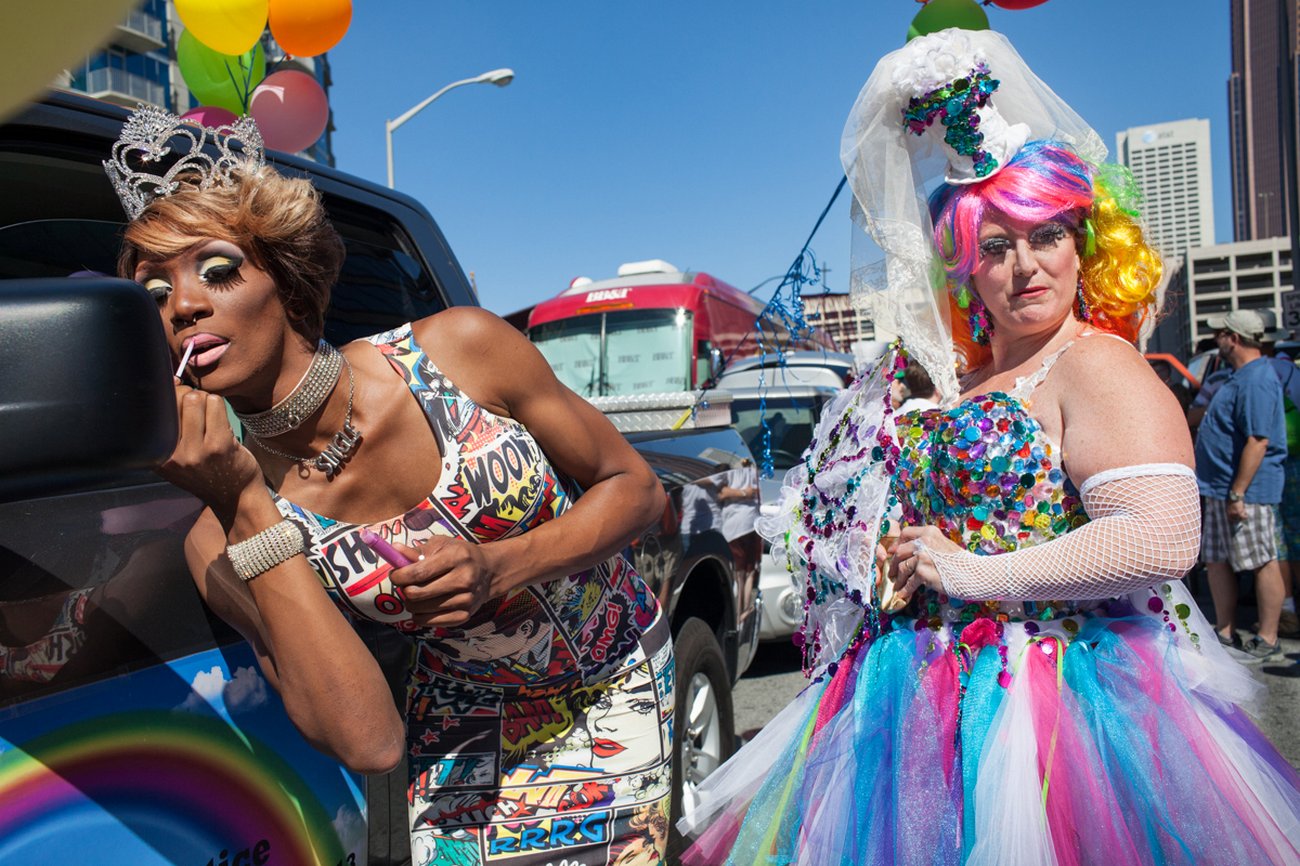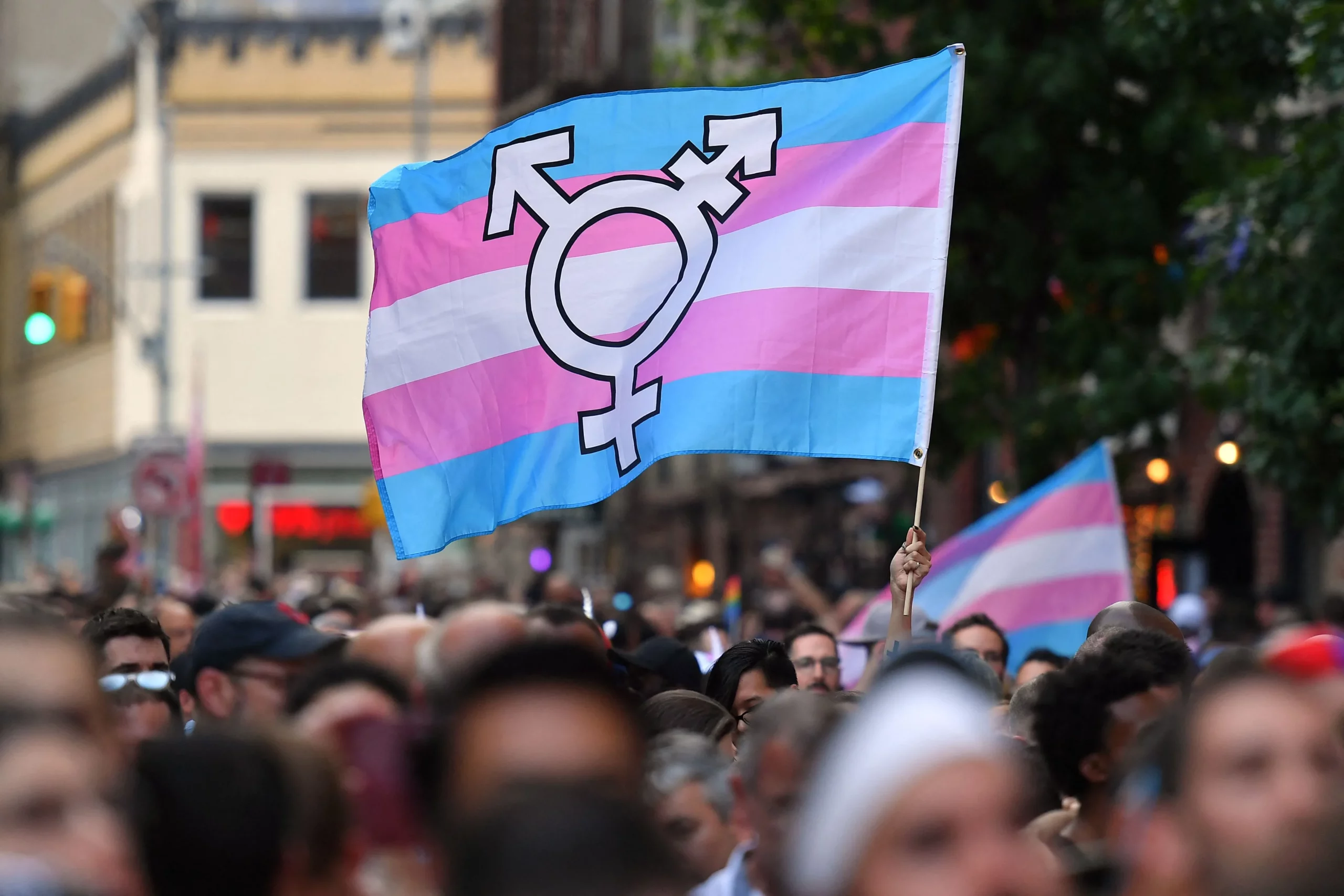Transgender identity has a rich history that spans cultures and time periods, and exploring its origins can shed light on the diverse experiences of transgender individuals. Where did transgender originate? What is the history of transgenderism? These questions have fascinated historians, researchers, and the transgender community alike. While the modern concept of “transgender” emerged in the 1950s and 1960s, it is important to recognize that transgender people have existed throughout history, even if the terminology and understanding of their experiences have evolved over time.
In ancient cultures, various societies acknowledged and had roles for gender-variant individuals. For example, the Hijra community in India, the kathoeys in Thailand, and the two-spirit people in Indigenous communities all illustrate the reverence and acceptance of diverse gender identities across different regions. Even in ancient Greece, Phrygia, and Rome, there were instances of gender-variant individuals, such as the galli priests and the Roman Emperor Elagabalus. These historical examples demonstrate that transgender identity is not a modern phenomenon, but rather a facet of human diversity that has been present throughout history.
As we move closer to modern times, significant figures like Christine Jorgensen have played pivotal roles in bringing transgender identity into public awareness. Jorgensen, who underwent gender-confirmation surgery in 1952, challenged societal norms and paved the way for a better understanding of transgender experiences. Despite the challenges faced by transgender individuals, including stigma and discrimination, many have thrived and formed supportive communities that celebrate and embrace their identities.
Transgender activists have been instrumental in the fight for LGBTQ rights and have been at the forefront of advocating for broader societal acceptance. Their efforts have helped to create more inclusive spaces and challenge harmful stereotypes. However, it is important to acknowledge that trans and nonbinary individuals continue to face marginalization and violence in many parts of the world today. This highlights the ongoing need for advocacy, support, and education to create a more inclusive and accepting society.

Historians are dedicated to documenting and researching transgender history, utilizing various sources. These sources include medical literature, court records, and oral histories passed down through generations. The preservation and understanding of trans history are crucial for fostering inclusivity and respect for transgender individuals.
Language and terminology have played a significant role in shaping our understanding of transgender people. Over time, language has evolved, and it’s essential to use respectful and affirming terms to describe and acknowledge transgender individuals’ experiences and identities. By recognizing and honoring their experiences, we can promote empathy and create a more supportive environment for all.
Transgender identity has a rich and complex history that continues to unfold. While progress has been made in terms of visibility and acceptance, challenges persist. Understanding the origins and development of transgender identity is not only a way to honor the experiences of transgender individuals but also a crucial step towards creating a more inclusive and equitable world for everyone.
Acknowledgement in Ancient Cultures
Throughout history, various cultures around the world have recognized and given significance to gender-variant individuals, providing insights into the origins of transgender identity. These cultures acknowledged the existence of individuals who did not conform to traditional binary gender norms and often had specific roles for them within their societies. This acknowledgment in ancient cultures demonstrates that transgender people have existed for centuries, even though the modern concepts and terminology of “transgender” only emerged in the 1950s and 1960s.
One example of such recognition can be found in the Hijra community in India. The Hijra, a term which encompasses transgender women, intersex individuals, and eunuchs, have a long history in Indian society and hold a unique place in the cultural and religious fabric of the country. Similarly, in Thailand, the kathoeys, individuals who were assigned male at birth but later transitioned to female, have been a recognized and respected part of Thai society for centuries.
| Ancient Civilization | Transgender Recognition |
|---|---|
| Greece | The galli priests, believed to have been trans women, held significant roles within the ancient Greek religious practices. |
| Phrygia | The Phrygian goddess Cybele had a following of trans women known as the galli. |
| Rome | The Roman Emperor Elagabalus is considered by some as a transgender figure, known for challenging conventional gender norms during his reign. |
Indigenous communities also have a rich history of acknowledging and honoring gender-variant individuals. For instance, many Indigenous cultures in North America recognize two-spirit people, who embody both masculine and feminine spirits. Two-spirit individuals have traditionally held significant roles within their communities, serving as mediators and spiritual leaders.

By examining the acknowledgment of gender-variant individuals in ancient cultures, we can gain a deeper understanding of the origins of transgender identity and appreciate the diversity that has existed throughout history.
Emergence in Modern Society
In the modern era, the history of transgenderism has witnessed significant milestones and individuals who have helped shape public awareness and understanding. One notable figure is Christine Jorgensen, who underwent gender-confirmation surgery in 1952, making headlines and sparking public discourse. This pivotal moment brought transgender identity into the spotlight and marked a turning point in the recognition of transgender individuals.
Despite the challenges faced by transgender people, including stigma and discrimination, they have shown resilience and the ability to lead flourishing lives. Supportive communities have formed, providing crucial spaces for empowerment and connection. Trans activists have played a vital role in advocating for LGBTQ rights and pushing for broader societal acceptance. Their activism has been instrumental in challenging societal norms and fostering understanding and inclusivity.
However, the road to acceptance is far from over. Transgender and nonbinary individuals continue to face marginalization and violence in many parts of the world. The fight for equality and respect remains ongoing, highlighting the need for further advocacy and support.
Trans Activism and LGBTQ Rights
| Name | Contribution |
|---|---|
| Marsha P. Johnson | Stonewall uprising activist and founder of Street Transvestite Action Revolutionaries (STAR) |
| Sylvia Rivera | Transgender rights activist and co-founder of STAR |
| Miss Major Griffin-Gracy | Transgender activist and community leader, focused on advocating for incarcerated transgender individuals |
“We have to create change for ourselves, and it’s time that we realize that we have the power to make things better.” – Marsha P. Johnson
Historians are working diligently to document and research transgender history, using various sources to piece together a comprehensive understanding. Medical literature, court records, and oral histories passed down through generations serve as valuable resources. By preserving and studying trans history, we can promote inclusivity and respect for transgender individuals.

The evolution of language and terminology used to describe and understand transgender people is another crucial aspect. It is essential to be respectful and understanding of their experiences and identities, using language that is affirming and inclusive. By acknowledging and embracing the rich history of transgenderism, we can continue to foster an environment of acceptance and support.
Trans Activism and LGBTQ Rights
Trans activism has played a crucial role in the evolution and development of transgender identity, pushing for greater acceptance and equality. From the early pioneers who bravely shared their stories to the activists leading the charge today, their tireless efforts have helped shape a more inclusive society for trans and nonbinary individuals.
One of the key contributions of trans activists has been in advocating for legal protections and rights. Through their activism, they have fought for legal recognition of gender identity, access to healthcare, and protections against discrimination. Their advocacy has led to significant progress in many countries, with laws and policies being enacted to safeguard the rights of transgender individuals.
Trans activists have also played a vital role in challenging societal norms and promoting education and awareness. They have worked tirelessly to debunk misconceptions and stereotypes surrounding transgender people, fostering understanding and empathy. Through community-building initiatives, support groups, and social media campaigns, they have created spaces where trans individuals can find solidarity, support, and empowerment.
Despite the advances made, challenges persist. Trans and nonbinary individuals continue to face discrimination, violence, and marginalization in various parts of the world. Trans activists are at the forefront of efforts to address these issues, advocating for systemic change and greater societal acceptance. Their ongoing work is crucial in creating a world where every individual, regardless of their gender identity, can live with dignity and respect.
“Trans activism is not just about promoting transgender rights; it is about building a more inclusive and just society for all. By fighting for the rights of trans individuals, we are also challenging the harmful gender norms and stereotypes that limit everyone’s freedom to be their authentic selves.” – Trans rights activist
The Importance of Allyship
Support from allies is crucial in the fight for transgender rights. It is vital for cisgender individuals to educate themselves, challenge their own biases, and actively work towards creating inclusive spaces. By standing alongside trans activists, allies can amplify their voices, contribute to positive change, and help build a society that celebrates diversity and respects all gender identities.
| Key Achievements of Trans Activism | Impact |
|---|---|
| Legal recognition of gender identity | Trans individuals can have their gender identity legally recognized, which ensures access to essential rights and protections. |
| Increased healthcare access | Trans-specific healthcare services have expanded, providing essential medical support and gender-affirming treatments. |
| Anti-discrimination laws and policies | Legislation has been enacted to protect trans individuals from discrimination in various areas, including employment, housing, and education. |
| Community support and resources | Trans activism has fostered the development of support networks, helplines, and resources that provide vital assistance and empowerment. |
Documenting Trans History
Historians are diligently working to document and research transgender history, utilizing diverse sources to piece together the origins and development of transgender identity. Through their careful research and analysis, they aim to shed light on the experiences and contributions of transgender individuals throughout time.
One important source of information is medical literature, which provides insights into the understanding and treatment of transgender people in different eras. These historical records reveal the struggles and challenges faced by transgender individuals seeking medical interventions, as well as the evolving medical approaches and attitudes towards transgender identity.
Court records also play a crucial role in documenting transgender history. Legal cases related to gender identity, such as name changes or challenges to discriminatory laws, provide valuable glimpses into the lives of transgender individuals and the legal battles they fought for recognition and acceptance.
| Types of Sources | Examples |
|---|---|
| Medical literature | Case studies, medical reports, psychiatric writings |
| Court records | Legal cases, name change petitions, appeals |
| Oral histories | Personal accounts, interviews, stories passed down through generations |
Oral histories, passed down through generations, offer unique insights into transgender experiences and identities. These stories, often shared within LGBTQ communities, provide a glimpse into the lives of transgender individuals, their relationships, and the challenges they faced. They also highlight the resilience and strength of transgender communities throughout history.
By piecing together these diverse sources, historians are able to construct a more comprehensive understanding of transgender history and the development of transgender identity. Their work is instrumental in promoting inclusivity, respect, and recognition for transgender individuals, as well as fostering a more accurate representation in historical narratives.
Evolution of Language and Terminology
The language and terminology used to describe transgender people have evolved over time, reflecting a growing understanding of their diverse experiences and identities. As society has become more aware and accepting of transgender individuals, the words we use to discuss and describe their experiences have also changed. This evolution in language is crucial for fostering respect and promoting inclusivity.
Previously, transgender people were often pathologized or stigmatized, leading to medicalized terms that focused solely on the medical aspects of their identity. However, there has been a shift towards using more affirming and respectful language that acknowledges the lived experiences of transgender individuals. This includes the use of terms like “transgender” and “gender-affirming” rather than outdated medical terms that can perpetuate stereotypes and misconceptions.
Alongside the evolving terminology, there has been a greater emphasis on using gender-neutral language and pronouns to create a more inclusive society. This includes the use of gender-neutral pronouns like “they/them” and the recognition of nonbinary identities. By embracing and using these gender-neutral terms, we can create spaces that validate and respect the experiences of all individuals, regardless of their gender identity.
| Old Terminology | New Terminology |
|---|---|
| Transsexual | Transgender |
| Sex change | Gender-affirming surgery |
| He/She | They/Them |
| Gender dysphoria | Gender incongruence |
- Transsexual: This term has been largely replaced by “transgender” to encompass a broader range of gender identities and experiences.
- Sex change: The focus has shifted from the idea of a binary “change” to a more nuanced understanding of gender-affirming surgeries and procedures.
- He/She: The use of gender-neutral pronouns like “they/them” acknowledges and respects nonbinary and genderqueer individuals.
- Gender dysphoria: The term “gender incongruence” is now used to describe the distress or incongruence between an individual’s gender identity and their assigned sex at birth, without pathologizing their identity.
As our understanding of gender identity continues to evolve, it is vital that our language and terminology keep pace. By using respectful and inclusive language, we can create a more supportive and accepting society for transgender individuals, allowing them to live authentically and freely.

Challenges Faced Today
Despite the progress made, transgender and nonbinary individuals continue to encounter significant challenges, with discrimination and violence remaining prevalent in various parts of the world. These challenges can have profound impacts on their well-being, mental health, and overall quality of life. It is crucial to acknowledge and address these issues in order to create a more inclusive and equitable society for all.
Transgender people often face discrimination in various aspects of their lives, including education, employment, healthcare, and housing. Many experience higher rates of unemployment and underemployment, leading to economic instability and financial insecurity. In addition, they may encounter barriers when seeking appropriate and affirming healthcare, which is essential for their physical and mental well-being.
Furthermore, transgender individuals are at a higher risk of experiencing violence, including hate crimes, harassment, and assault. This can have devastating consequences for their personal safety, sense of security, and overall sense of self-worth. It is essential to combat transphobia and promote understanding and acceptance to ensure the safety and well-being of transgender and nonbinary individuals.
To address these challenges, it is vital to promote education and awareness about transgender issues, providing accurate information and dispelling myths and misconceptions. By fostering inclusive environments and promoting acceptance, we can create a society that values and respects transgender individuals, allowing them to live their lives authentically and without fear of discrimination or violence.
| Discrimination | Violence | Healthcare |
|---|---|---|
| Education | Employment | Housing |
| Economic instability | Hate crimes | Mental well-being |
Conclusion
The origins of transgender identity are deeply rooted in history, and by exploring its diverse cultural and historical journey, we gain valuable insights into the experiences of transgender individuals and the ongoing quest for equality and acceptance.
Throughout various ancient cultures, such as the Hijra in India, the kathoeys in Thailand, and the two-spirit people in Indigenous communities, gender-variant individuals were acknowledged and had important roles. Even in ancient Greece, Phrygia, and Rome, figures like the galli priests and Roman Emperor Elagabalus are believed to have been trans women, highlighting the presence of transgender identities throughout history.
In more recent times, transgender individuals like Christine Jorgensen, who underwent gender-confirmation surgery in 1952, played a crucial role in bringing transgender identity into the public consciousness. Despite facing stigma and discrimination, transgender people have lived flourishing lives and formed supportive communities.
Trans activists have been at the forefront of the fight for LGBTQ rights, challenging societal norms, and advocating for equality. However, the fight is far from over, as transgender and nonbinary individuals continue to face marginalization and violence in many parts of the world today.
Historians are actively working to document and research transgender history, using diverse sources such as medical literature, court records, and oral histories passed down through generations. By preserving and understanding trans history, we can promote inclusivity and respect for transgender individuals.
The language and terminology used to describe and understand transgender people have evolved over time. It is crucial to be respectful and understanding of their experiences and identities, as we continue to foster a more accepting and inclusive society for all.